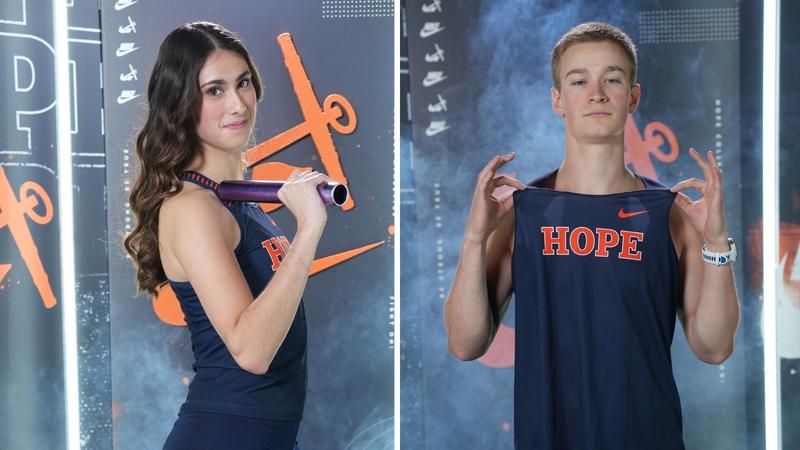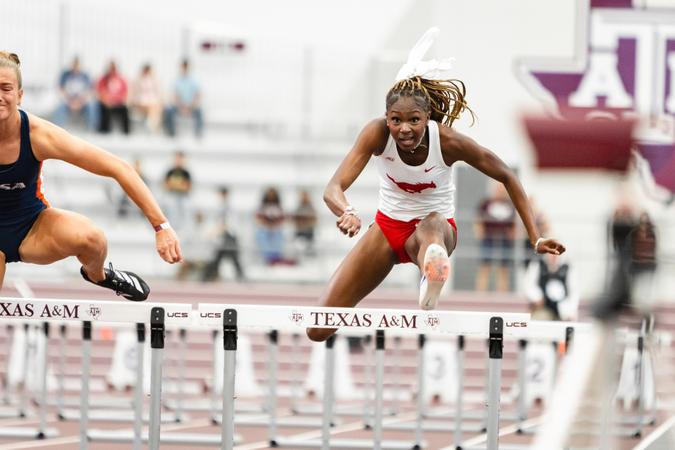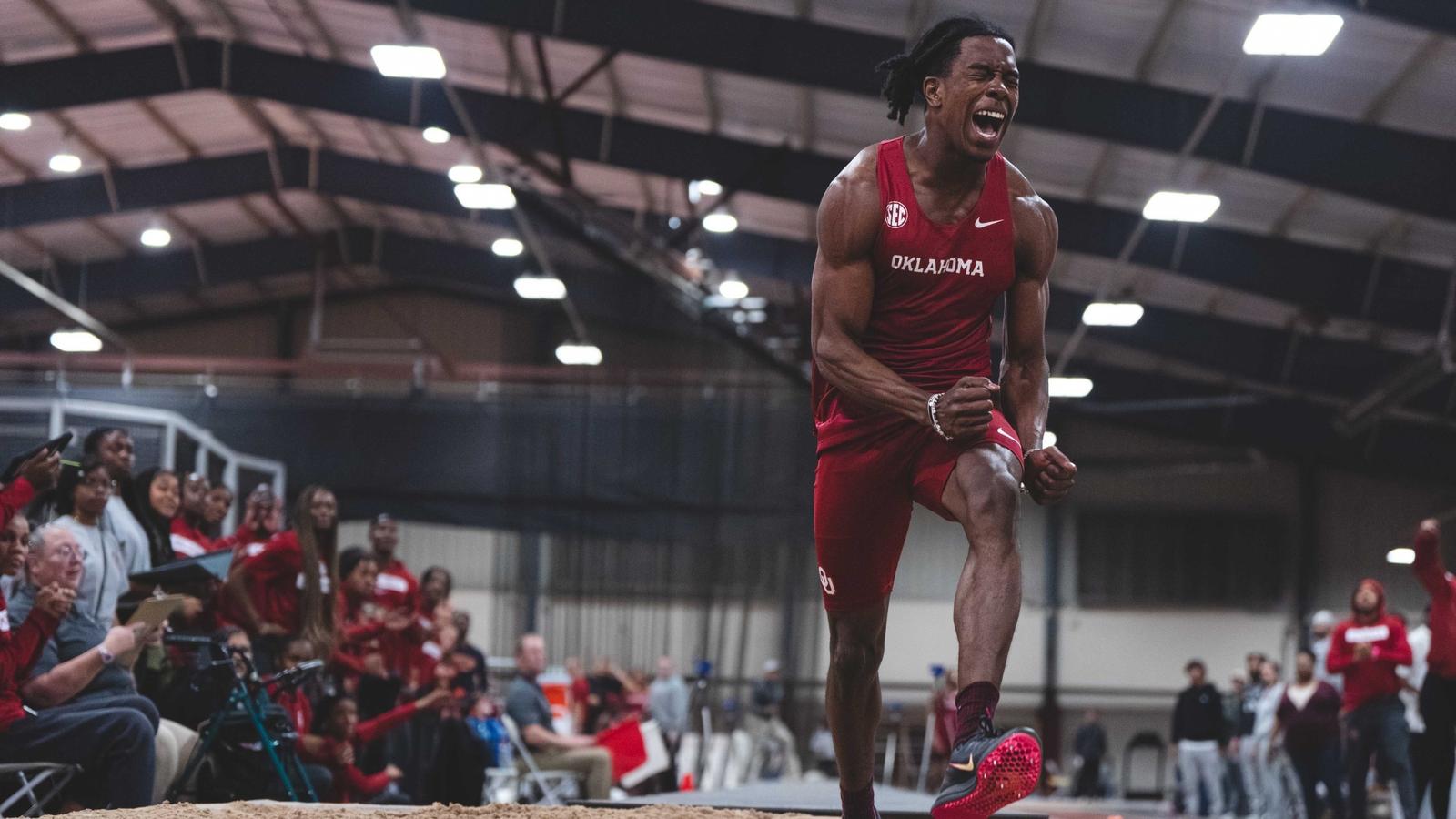Is a refit ever really finished? ocean SAILING instructor Leon Schulz on how to keep an older yacht ready for adventure
In 2012 I bought a neglected 15-year-old Hallberg-Rassy 46 which had stood ashore unsold for many years. She was strong, but had been somewhat abandoned – sails still furled, and an interior that seemed as if the owners had just walked away.
Even cooking spices were left in the cupboard. The teak deck looked terrible, having been loved to death by high-pressure jet washing and scrubbing. The boat appeared unsellable, whereas I saw a potential for a refit.
Around that time many very able shipwrights and boat technicians had been made redundant. Once the 46 was bought, it was trucked to Sweden for a complete refit just adjacent to Hallberg-Rassy in Ellös. Here, a loose ‘yard’ was formed by many individual one-man companies, each run by laid-off boatbuilders and marine specialists. My Hallberg-Rassy 46, Regina Laska, would become just the first of many boats to undergo a flourishing wave of refits by these skilled tradesmen.
Eventually this collective developed into Adams Boat Care AB. Soon, the yard had a worldwide reputation and yachts sailed from all over Europe, the USA, and even New Zealand to get refitted by specialists there. At one stage no fewer than six HR46s were being refitted simultaneously, repeating the process of what we had done to my Regina Laska.
My Hallberg-Rassy has since been used extensively for six months each year, providing RYA sail training from April to October and sailing 5,000 miles annually. The yacht is looking as good as ever, now entering our 13th sailing season after the initial major refit. The process has never truly come to a halt, however, instead continuing each winter with a thorough boat ‘spa treatment’.

The HR46 was initially refit and overwintered undercover in Sweden, and more recently goes to Marina Coruña in Spain for boat work off-season. Photo: Regina Sailing
Refit vs New?
Choosing whether to buy new or second-hand in the first place is not solely a question of budget. Whereas 15 years ago, new boats were broadly similar to those available on the second-hand market, since then cruising boats have undergone a revolution in design: twin rudders, wide transoms, deep keels and almost vertical hull sides, near non-existent overhangs to maximise waterline length, and lighter, brighter interiors. As Magnus Rassy put it: “You can now refit as much as you like, Leon, but you will never be able to change the hull shape and performance of the old models!”
How true! Old boats cannot compete with new. Instead, they attract different types of sailors. Most yards follow the trend of voluminous, wide and light hulls for new designs which are fun to sail, especially downwind on a fine day with flat seas.
But if a sailor prefers a classic hull shape with a single rudder, seakindly characteristics with a deep V-shaped hull cutting through the waves, and cupboards for stowage instead of windows in the hull, you would probably be typical of owners looking to buy older, and refit.

‘After 10 years a proper refit schedule becomes a necessity’. Photo: Regina Sailing
Having previously bought two new Hallberg-Rassys I also really enjoyed the process of owning a brand new boat. From a maintenance standpoint, it was a big gain. After initial warranty hiccups we had a pretty trouble-free first 10 cruising years with not much more to do than some antifouling, hull polishing and following equipment manufacturers’ maintenance recommendations.
Nine years, two Atlantic crossings, and 25,000 miles after taking delivery, my Hallberg-Rassy 40 and all her original equipment – including sails, engine and electronics – were still in good shape. The owners who bought her were looking for a boat not older than 10 years of age: selling a nine-year-old boat was easy. After approximately 10 years things do change, and that’s when a proper refitting schedule becomes a necessity.
Article continues below…
Heavy, heavy fog blanketed the boat. We had a rotating watch standing on the bow looking for growlers. Everything, and…

Few cruising skippers would argue with ocean sailing guru and founder of the Atlantic Rally for Cruisers (ARC) Jimmy Cornell…
Rolling refurb
After the initial refit in 2012/13, Regina Laska has been continuously refurbished and refitted each year, first at Adams Boat Care in Sweden and since 2019 at Marina Coruña, Spain. She is now 28 years old and has likely sailed well over 100,000 miles, yet is in a better state than ever.
Quoting my own figures from the Yachting World August 2013 issue, I originally bought the boat for €180,000 in Italy, had her trucked to Sweden for €20,000 and refitted for €320,000, giving a total cost of €520,000 12 years ago.
New equipment which was added in 2013 has behaved very similarly to equipment on new boats. For the first 10 years, general maintenance and regular service was all that was needed. Reading the manuals carefully gives good hints on how to look after your equipment.

Preparing to strip off the antifouling and epoxy a second time after 2013. Photo: Regina Sailing
But after almost 50,000 miles some items are now on their second round of replacements, such as the sails, fridge/freezer, through-hull fittings, navigation equipment, anchor windlass, the washing machine, navigation lights and batteries.
Commercially classed boats for sail training and skippered charter must comply with an annual inspection following the stringent rules of MGN280 by the MCA. These don’t need to be followed by leisure sailors, but they do give a good hint on what breaks when.
Making a simple spreadsheet with time intervals for planned maintenance is worth its weight in gold, especially when planning winter work each year. Keeping a refit logbook to track when you did what not only helps manage the process, but also increases the value of your boat if you sell. Another tip is to write the year and month of an upgrade directly onto that piece of equipment.

Annually polishing the repainted famous HR blue stripes. Photo: Regina Sailing
Continuous costs
Ownership costs rise significantly with yacht size, not only when it comes to mooring and winter storage but also regarding refitting. If each metre in length often doubles the price of a new boat, then annual refit costs often follow the same steep upward curve.
In my experience, a good rule of thumb is you need to invest 10% of the boat’s value a year to keep it in a good state. You don’t need to spend the entire 10% every year, but as an average. So whenever you buy a boat, keep that 10% in the back of your mind as the purchase price will have a big impact on your ongoing budget. This 10% is simply the running costs which you will likely never get back the day you sell. It’s the price of owning it.
When budgeting ongoing refits, it makes sense to distinguish between refurbishing, updating, and upgrading. Refurbishment means existing equipment is serviced, cleaned, varnished or polished. Updating means replacing like for like, or a similar piece of equipment, often following a strict schedule, typically after 10 years. Upgrades are often less necessary improvements for pleasure, safety, practicality or aesthetics.

Prep work for the Coppercoat. Photo: Regina Sailing
I have spent an average of €57,000 annually on refits, including lifting, launching, dropping/restepping the mast, and six months each year of indoor winter storage (so slightly more than 10% of the original €520,000 cost). Some has been spent refurbishing and updating to maintain the value of the boat, other expenses were upgrades to possibly increase the value – at least to me – or improve the boat’s safety, comfort or appearance.
12 years of maintenance
During the original refit, polishing the hull and laying a replacement teak deck made Regina Laska look brand new – some people even asked if Hallberg-Rassy had relaunched their previous model. But soon enough, teak fades to an elegant silvery-grey. Half a year later, the deck still looked nice, but not new any longer. One aesthetic upgrade is still as beautiful and effective as ever: the interior lighting. After 12 years the LEDs are as luminous as when fitted. It never fails to surprise both me and my guests what a great first impression good lighting makes.
As the boat approached 20 years old some items began to age. The original sturdy diesel heaters became unreliable quite soon after the refit, and were replaced in 2014 with new eco-friendly electronically controlled Webasto heaters.
They were sensitive, however, giving an electronic error code claiming the glow plug was defective, which made no sense. After months of experimenting I found it happened each time the compressors of the equally old and sturdy fridge and freezer started simultaneously. The problem was solved by replacing the fridge/freezers with equally modern units.

Finished Coppercoat on hull and Propspeed on the propeller. Photo: Regina Sailing
The boat was re-powered in 2018, downsizing from 100hp to a much smaller Volvo-Penta D2-75, which is a Perkins underneath. I wanted to avoid a common rail engine with electronics, and definitely didn’t want a car engine which had been ‘marinised’.
The only electronic device on this D2-75 is the MDI-box for starting and stopping the engine. This modern 75hp engine has so much torque, less vibration, less weight, is quieter, and uses less fuel, which means that the new engine gives a range of 1,000 miles of motoring (5lt/hr in 7 knots with a new Flexofold 22×16 three-blade propeller). The smaller engine allowed space for an Aquadrive flexible coupling, the shaft now pushing the boat via a separate bulkhead instead of through the engine’s mounting feet, minimising vibrations even further.
The bow thruster was exchanged at 25 years of age, replaced in 2023 with an identical model. The Whitlock steering system was removed after 27 years of heavy use in 2024, taken apart and sent to Lewmar for a complete rebuild. I was impressed that Lewmar still makes these parts and even had them in stock so they could do a very quick turn-around service in England.
The windows in the hardtop are a known weak point on older Hallberg-Rassys, where large windows can crack after some 20 years. They were changed last year before they could break.
 Hardtop repainted and all windows replaced with new aluminium frames, handmade by the same person who originally made them in 1996. Photo: Regina Sailing
Hardtop repainted and all windows replaced with new aluminium frames, handmade by the same person who originally made them in 1996. Photo: Regina Sailing
Not much of the factory-fitted equipment from 1997 is still onboard after almost 30 years of intensive sailing – though we still carry the original Lewmar Ocean winches, and original mast, boom and spreaders.
Items which have lasted well from the original refit include the mattresses and upholstery – to my surprise as I thought I’d have to replace them more frequently. Thanks to the high quality chosen in 2013, they are brought back to their original beauty by professional steam cleaning every spring.
I carry spare parts for the Jabsco electric toilets (2013), but have so far not needed to do much more than change the joker valves annually. This is impressive, given we sail with guests for six months of each year. The SOLAS-A liferaft seems to have an indefinite lifespan as well, as long as it is inspected every year, remains air-proof and has key parts replaced according to schedule.
 Refitting classic yachts has become en vogue. Marina Coruña has developed a major refit centre in southern Biscay. Photo: Regina Sailing
Refitting classic yachts has become en vogue. Marina Coruña has developed a major refit centre in southern Biscay. Photo: Regina Sailing
Replaced items
Despite our best efforts during the main refit in 2012, some items have been disappointing and needed to be replaced a second time, though it’s worth noting that some of these are the skipper’s own fault! I can’t blame anyone other than myself for running the washing machine while motoring, not thinking about the fact that the spinning forces are huge even in the slightest of swell. It’s down to me that it didn’t work ‘as intended’ and had to be replaced in 2019.
Another replacement due to a mishap was the anchor snubber breaking while anchoring during a gale in heavy waves. Half the night we hung on the windlass alone, which is not made for taking such loads. The shaft bent and it was prudent to replace the windlass completely after 10 years of service in 2022. A chain stopper has been added to avoid this happening again, plus a sturdier snubber.
Another disappointment was the autopilot. Furuno is the clear leader in sonar and radar technology, and offers a fast and accurate satellite-based heading sensor. It has a very pleasant interface made by MaxSea and is state-of-the-art for superyachts, fishing boats and other professional users.

Turnbuckles were changed after 25 years. Photo: Regina Sailing
But in my opinion there is one discipline it is not leading in and that is steering a sailing boat. We instead added a Raymarine Evolution pilot with an ACU 400 and EV1, which I feel steers like a pro ocean racer, giving counter rudder long before the boat begins to change heading in heavy waves.
Another disappointment was the through-hulls which I proudly changed from brass (which most yards use these days) to superior bronze. Many bronze through-hulls are very strong, but proved not much better than their brass counterparts when it comes to the moving parts inside. The valves became difficult to move, and finally seized up and broke. I got so angry with them that I changed every one after just eight years, with a version that promised a 40-year lifetime (Trudesign made of composite material).
In 2012 I thought I was smart to buy a bargain generator that had been laying around a workshop for seven years. Not only was it rather old fashioned, but it was far too large for my boat so the sound-shield didn’t fit and we had constant niggles with it. It was replaced with an Onan 6kW by Cummins.

The rig was updated with new sheaves, pins and shackles, as well as all blocks and Spinlock clutches after 10 years of service. Photo: Regina Sailing
The antifouling worked as intended – as long as it was available. When the last tin of paint had sold out in every chandlery I contacted, in 2021 I opted to remove all the antifouling of the previous years, including the epoxy that had been redone in 2013. The boat was again sanded down to the bare gelcoat (by hand in Spain).
On top of new solvent-free epoxy we added Coppercoat which, correctly applied, is fantastic. It does attract some mild slime which needs to be wiped off, but can be easily done while swimming or diving. After a couple of seasons of re-activating it by sanding ever so lightly each year, it made sense to apply another new coat on top to be on the safe side this season. Problematic fouling on the propeller was finally solved by using Propspeed in 2021, which needs to be re-applied every 2-3 years.
Regular maintenance
Coming up to my 13th season in 2025, the life-span of some equipment has passed since that first refit and has therefore also been replaced. Many Hallberg-Rassys with an external lead keel (Frers designs) have a flexible sealant between the hull and keel, which is a good idea to replace every four years.

Navigation and communication equipment is a key area to budget for updates as technology improves. Photo: Regina Sailing
In 2020, after seven years and 33,000 miles, I thought it would be timely to change the mainsail and genoa to identical Elvstrom sails made of Hydranet cloth, but with a tri-radial cut. The only argument I had with Elvstrom was that they found that my sails would last for at least another 10,000 miles and I had changed prematurely.
Standing and running rigging (stays and shrouds plus 356m of lines) is changed regularly. The schedule I follow is after every 10 years or 30,000 miles, which is confirmed by Seldén, my insurance company, renowned riggers, and not the least the MGN280 rules I have to follow for sailing commercially.
In 2022 the turnbuckles were changed to new bronze (after 25 years), and I also changed the electric Furlex 400E a second time. The new model (Mk2) has a worm drive and needs no service unlike the previous belt-driven model that needed to be sent to Seldén for a rebuild every couple of years. I also swapped to a new mainsheet traveller, new kicker and a lot of new sheaves, pins and shackles, as well as all blocks and Spinlock clutches after 10 years of service since 2013. It’s just something you have to do when you sail a lot and don’t wish to wait until the mast falls down.

Storing the boat indoors allows for dry and easy access to service, polish and varnish; the cabin sole boards were restored to their original beauty. Photo: Regina Sailing
The cutlass bearing for the engine shaft and the lower rudder bearings are other items that regularly need to be changed after years of wear and tear. The lower rudder bearing was changed in 2019 (approx. 10 years) and the cutlass bearing every five years.
Other items on their second round after 12 years in service are the dinghy (new AB 9.5 this year), new outboard (again Yamaha), batteries (upgraded to Lithium after five years of AGM), new VHF (Icom 605), 10 new lifejackets (always by Spinlock), a new gas stove (now upgraded to GN Espace), replacing the Magma BBQ on aft deck, EPIRBs and fire extinguishers (including Lithex by AVD against Lithium fires and Sea-Fire for the engine room).

Adventure-ready off Corryvreckan, Scotland. Photo: Regina Sailing
The annual updates of the Cat1 medical kit by MSOS is not cheap and the main engine gets a major service every 3-4 years or 3,000 hours, for instance checking the injection valves, replacing the exhaust elbow, replacing the rubber cushions/feet and refurbishing the turbo. I am counting on a lifespan of around 15,000 hours for the D2-75, if it’s regularly used and well maintained.
Fridge and freezer compressors were changed a second time after 10 years of continuous working, just to be on the safe side (in 2023) and the domestic water pumps are changed every five years for the same reason. Drinking water hoses are changed every 15 years. Bilge alarm sensors lost their reliability after 12 years and were replaced and the manual bilge pump needs to be rebuilt with new gaskets every 10 years. These are time- or mileage-critical points that need to be refitted regularly, but not all owners follow such a prudent schedule.
I’ve also made some improvements by choice. Navigation equipment has been upgraded with a bigger plotter able to handle more than 100 AIS-targets, and I now have a solid-state broadband radar. Aesthetic upgrades include new curtains and cockpit cushions, better interchangeable red and white deck lights and navigation lights showing red-over-green by Lopolight, all controlled by CZone.
Love it, keep it
Regina Laska is approaching 30 years of age and is proven to have been well built without any compromises by a renowned yard. She seems likely to keep sailing for at least the rest of my own lifetime.
Rather like a relationship, if you fall in love with a boat, there is every reason in the world to continue investing in it in order to keep it as beautiful as it has always been.
 If you enjoyed this….
If you enjoyed this….
Yachting World is the world’s leading magazine for bluewater cruisers and offshore sailors. Every month we have inspirational adventures and practical features to help you realise your sailing dreams.
Build your knowledge with a subscription delivered to your door. See our latest offers and save at least 30% off the cover price.





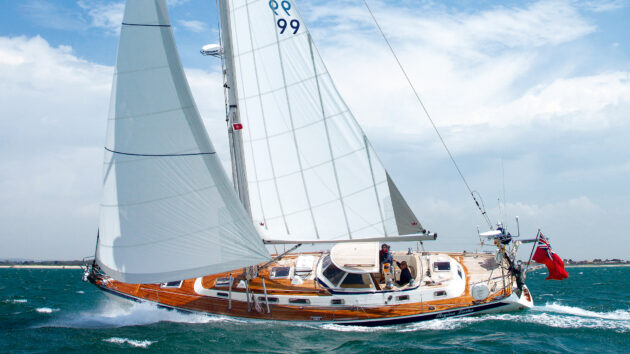




 Hardtop repainted and all windows replaced with new aluminium frames, handmade by the same person who originally made them in 1996. Photo: Regina Sailing
Hardtop repainted and all windows replaced with new aluminium frames, handmade by the same person who originally made them in 1996. Photo: Regina Sailing Refitting classic yachts has become en vogue. Marina Coruña has developed a major refit centre in southern Biscay. Photo: Regina Sailing
Refitting classic yachts has become en vogue. Marina Coruña has developed a major refit centre in southern Biscay. Photo: Regina Sailing




 If you enjoyed this….
If you enjoyed this….















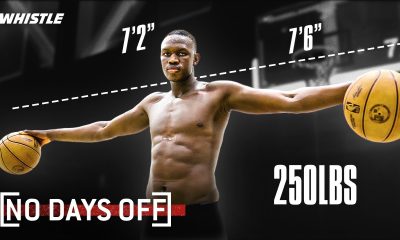













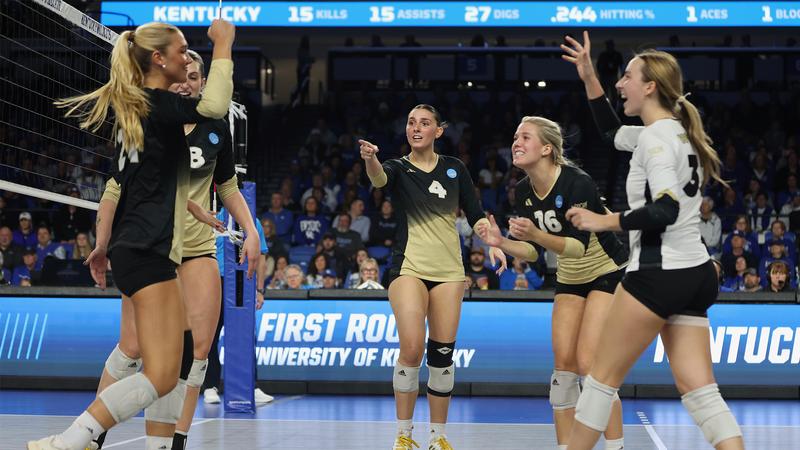
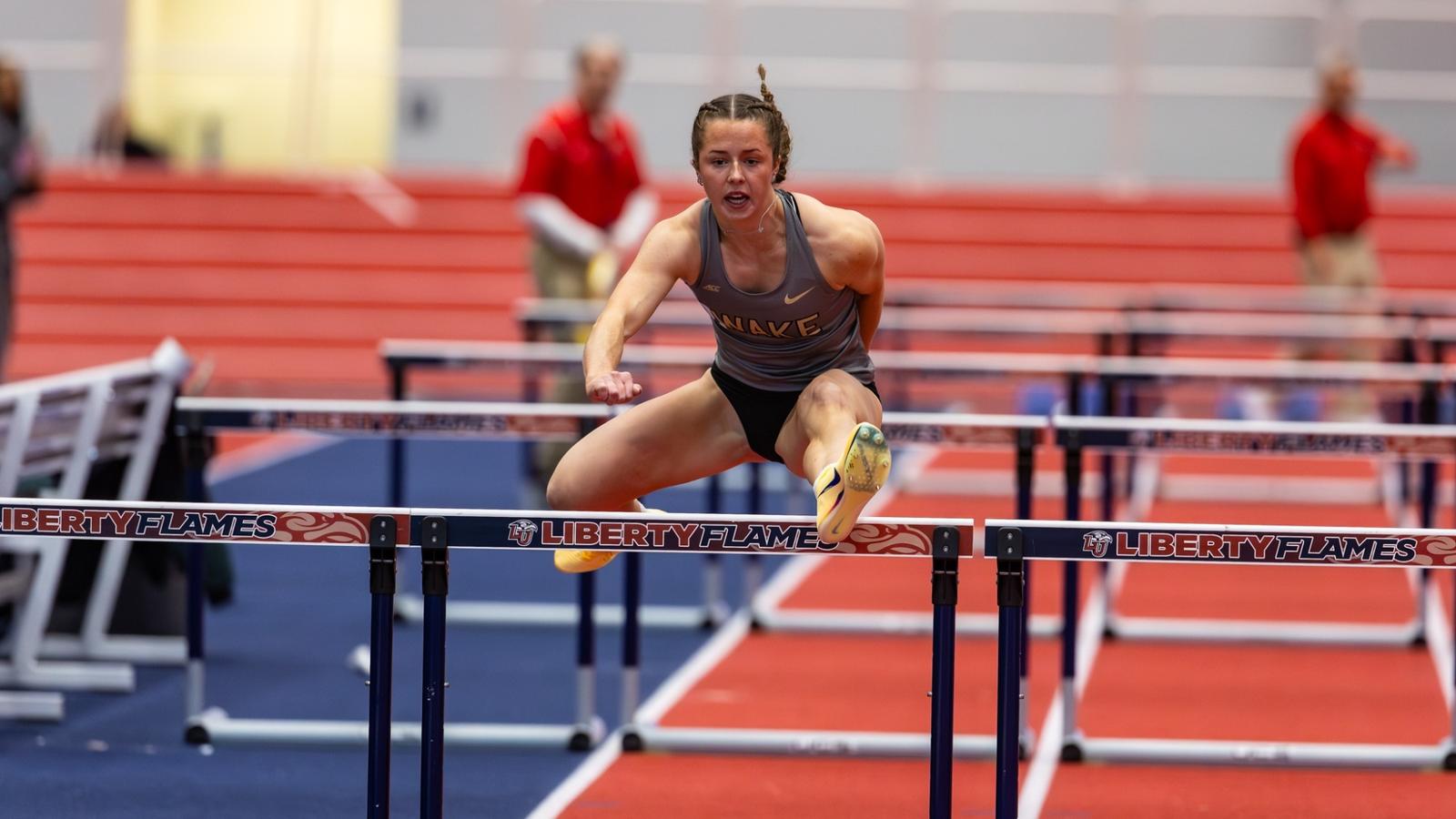
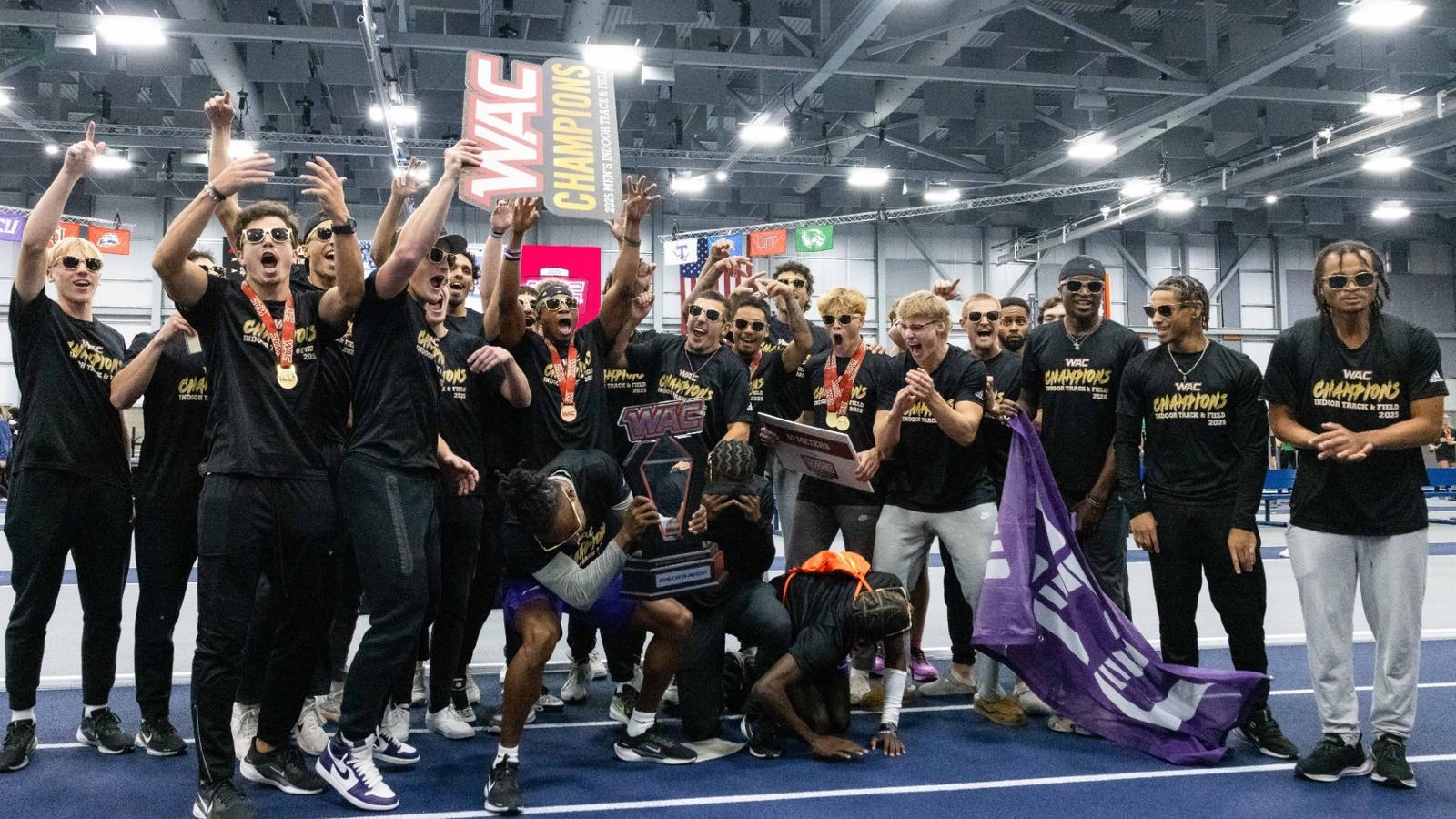
 “This schedule and competition should prepare both our men’s and women’s teams to make a lot of noise at our inaugural Mountain West Conference Indoor Championships, as well as send a lot of our athletes to the NCAA Indoor Championships,” GCU head coach Tom Flood said.
“This schedule and competition should prepare both our men’s and women’s teams to make a lot of noise at our inaugural Mountain West Conference Indoor Championships, as well as send a lot of our athletes to the NCAA Indoor Championships,” GCU head coach Tom Flood said.